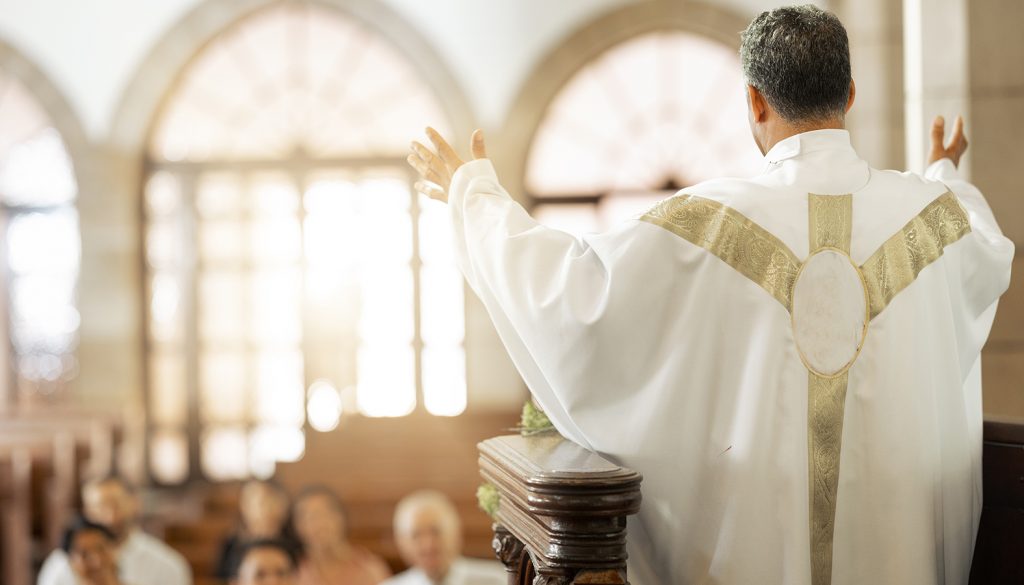Here is a riddle: What is the difference between an Irish priest and your typical pedestrian walking along Melrose Boulevard? The answer: One person is willing to dress unconventionally, spout words the mainstream culture finds offensive, and be seen as weird. The other likes to shop at vintage clothing stores on Melrose Boulevard.
A recent news story reported that about 30 people walked out on a retired Irish priest who preached about sin in his home parish. What started as a mild squall in Catholic media got a little bigger when the priest’s bishop reprimanded him.
The debate about episcopal decisions is above my pay grade, somewhat predictable, and not, I believe, the crux of this story, which I believe is about what it means to be radical today.
The denizens who populate streets like Melrose Boulevard and other trendy spots in Los Angeles all seem intent on making avant-garde statements by the way they dress, their hair, or the number of piercings and tattoos.
Certainly, we are no one to judge: We know not where any particular person is coming from, or where they might be going. But they certainly seem to want to be noticed. But I can’t help but wonder when I observe them: If everyone else on the street is making the same kind of statement, aren’t they just a collection of conformists?
My thesis, then, is this: In a society that is increasingly loosening the bonds of traditional Christian morays, to be truly avant-garde and countercultural, one must live the “radical” life Jesus and his Church have mapped out consistently for two millennia.
This is easier said than done in a culture where every inch of fiber optic cable and satellite microwaves enthusiastically proclaim the opposite. But while the technology may be different now than it was thousands of years ago, the sentiment is the same.
Even pagan sentiments were set in stone via pyramids, monoliths, and statuary gods. But then a nomadic people came out of a Middle Eastern desert proclaiming there was but one God, and he had specific ideas on how we were to behave and act. The pagans wanted nothing to do with it.
The Irish priest’s homily sounded like a holiday Hallmark card when compared to Jesus’ preaching about sin and its ramifications. Matthew 8:12 and Matthew 25:41 probably made a few people pick up their sandals and head for the hills.
One of the most misunderstood and mistranslated parts of our Catholic faith is a belief, especially among those who understand Scripture superficially, that the Bible is filled with inspirational platitudes and happy stories best suited for children.
But the reality is that an accurate and faithful movie version of the Bible might bring back the X-rating system. Read the New Testament, and you’ll find one page after another of Jesus telling people something they did not want to hear.
To borrow a term from a well-known social scientist who has been in vogue for some time, we could present a new “Rules for Radicals” that could be applied to so many of us.
For instance: If you are a priest, preach the truth; even if people get upset, you would be in good company (see John 6:60 and John 6:66).
If you are a married couple, follow the examples of Zechariah and Elizabeth, and Joachim and Anne. If you are single, there is an entire communion of saints to look to for inspiration and heavenly support.
We all love it when Jesus gives it to “the man” like the mob with rocks in their hands and ready to pitch from the windup. We are all a little queasy when he turns his attention to our own shortcomings. The good news is that he knows we are weak. That is why he told the woman he saved from stoning to stop sinning to save the life he was really after: her eternal one.
Hopefully, the next time we hear the hard truth preached, no matter how uncomfortable it may make us, we have the courage to stay put, take our lumps, and trust in the mercy of an ever-loving God.

